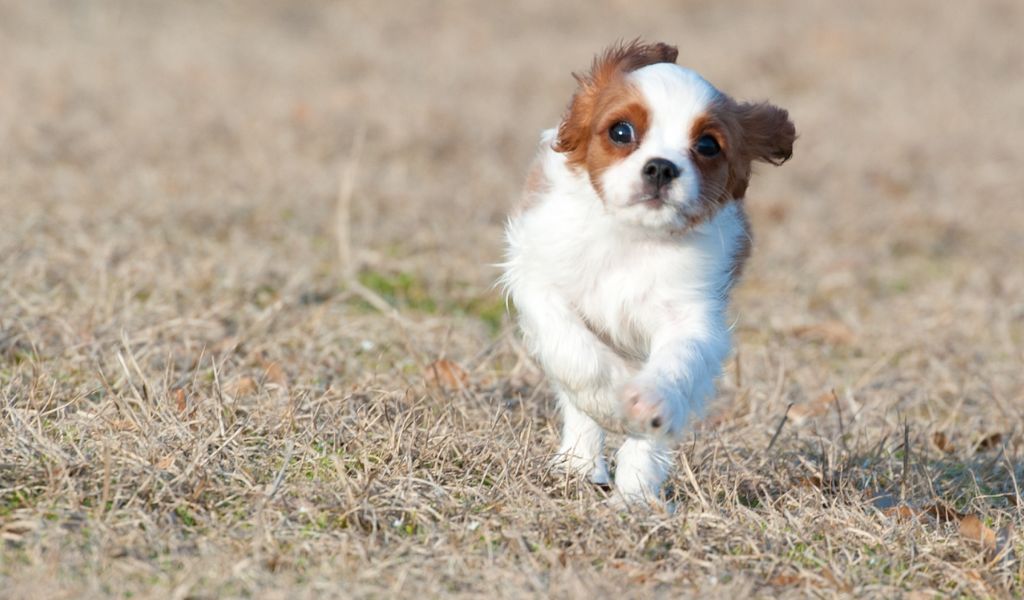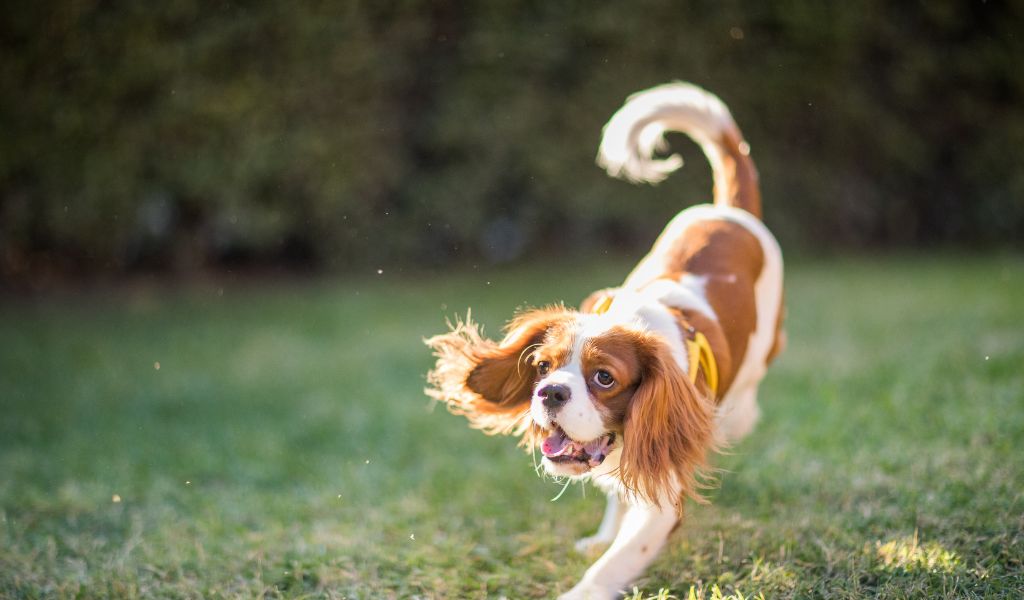Cavalier King Charles Spaniels are adorable, affectionate, and loyal dogs that make great family pets.
They are known for their friendly and outgoing personalities, but they can also be stubborn when it comes to training.
One of the most important commands to teach your Cavalier is to come back to you when called.
This is not only for their safety, but it also ensures that they don’t run off or get lost.
Training a Cavalier King Charles Spaniel to come back can be a challenging task, but with patience, consistency, and the right techniques, you can teach your furry friend to obey this important command.
Understanding Your Cavalier King Charles Spaniel
Before you start training your Cavalier to come back, it’s important to understand their personality and behaviour.
Cavaliers are affectionate and eager to please, which makes them great for training. However, they can also be easily distracted and independent, which can make training a challenge.
Cavaliers are also known for their love of people and socialisation, which means they may be more interested in playing with other dogs or people than listening to their owner.
As a result, it’s important to train your Cavalier in a controlled environment without too many distractions.

Tips and Tricks for Training Your Cavalier King Charles Spaniel to Come Back
Here are some useful tips and tricks to help you train your Cavalier King Charles Spaniel to come back:
1. Start with Basic Training
Before you start training your Cavalier to come back, you should first teach them some basic commands such as sit, stay, and come.
These commands will lay the foundation for more advanced training, and it will also help your Cavalier to understand your expectations.
2. Use Positive Reinforcement
Cavaliers respond well to positive reinforcement, so it’s important to reward them for good behaviour.
When your Cavalier comes back to you, be sure to praise them and give them a treat. This will help reinforce the behaviour and encourage them to repeat it in the future.
3. Train in Short Sessions
Cavaliers have a short attention span, so it’s important to train them in short sessions.
Training sessions should be no longer than 10-15 minutes, and you should repeat the training a few times throughout the day.
4. Use a Long Line
When training your Cavalier to come back, it’s important to use a long line.
This will allow you to have control over your dog while giving them the freedom to explore.
A long line should be around 15-20 feet long and should be attached to your dog’s collar or harness.
5. Practice in a Controlled Environment
As mentioned earlier, Cavaliers can be easily distracted, so it’s important to train them in a controlled environment.
Start training your Cavalier in a quiet room with few distractions. Once they have mastered the command, you can gradually increase the distractions.
6. Be Consistent
Consistency is key when it comes to training your Cavalier to come back.
Use the same command every time you call them back, and be sure to reward them for good behaviour. With time and patience, your Cavalier will learn to obey the command.
7. Use a High-Pitched Tone of Voice
Cavaliers respond well to a high-pitched tone of voice, so be sure to use an upbeat and excited tone when calling them back.
Avoid using a stern or angry tone, as this may cause your dog to become fearful or anxious.
8. Avoid Punishment
Punishing your Cavalier for not coming back may cause them to become fearful and avoid coming back to you.
Instead, focus on positive reinforcement and rewards for good behaviour. If your Cavalier doesn’t come back to you, avoid chasing after them or yelling at them.
Simply wait for them to come back on their own, and reward them when they do.
9. Use Visual Cues
In addition to using a verbal command, you can also use visual cues to help your Cavalier understand what you want them to do.
For example, you can crouch down and open your arms to signal to your dog to come back to you.
10. Practice Patience
Training your Cavalier to come back may take time and patience. Don’t get discouraged if your dog doesn’t respond right away, and don’t give up.
With consistency and positive reinforcement, your Cavalier will eventually learn to obey the command.
FAQs
How long does it take to train a Cavalier King Charles Spaniel to come back?
The training process can vary depending on the individual dog and their personality. It may take anywhere from a few weeks to several months to fully train your Cavalier to come back.
Can I train my Cavalier King Charles Spaniel to come back off-lead?
Off-lead training should only be attempted once your Cavalier has fully mastered the command while on a leash or long line. Off-leash training should only be done in a safe and controlled environment.
What should I do if my Cavalier doesn’t come back to me?
If your Cavalier doesn’t come back to you, avoid chasing after them or yelling at them. Simply wait for them to come back on their own, and reward them when they do.
Final Words
Training your Cavalier King Charles Spaniel to come back is an important aspect of dog ownership.
By understanding your dog’s personality and using positive reinforcement and consistency, you can teach him to obey this important command.
Remember to be patient and to practice in a controlled environment, and your Cavalier will eventually learn to come back to you when called.




